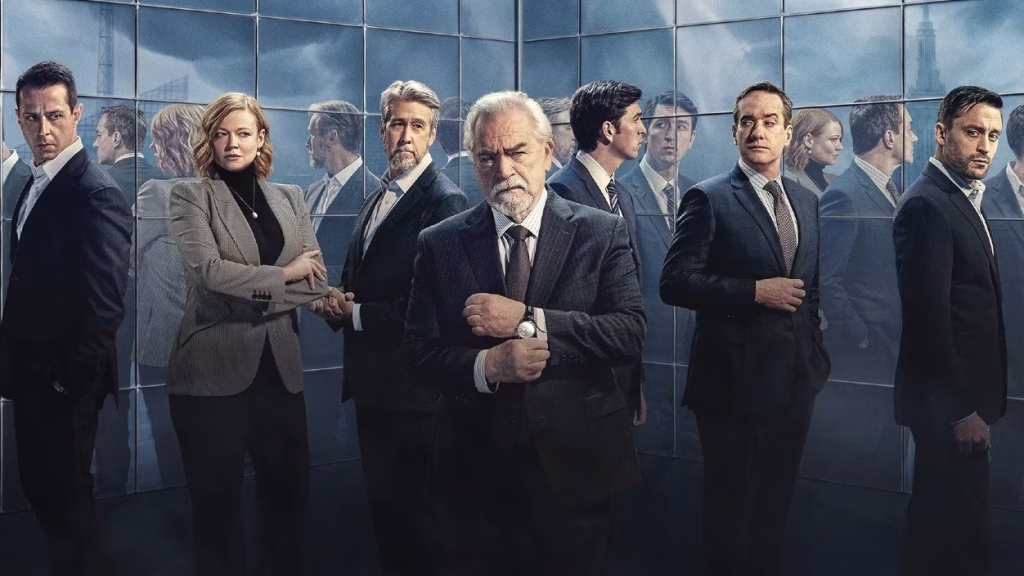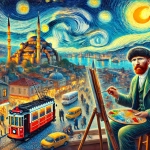What Order Should You Watch Christopher Nolan Films?

Christopher Nolan is widely regarded as one of modern cinema’s most innovative and influential directors. Known for his intricate narratives, stunning visual aesthetics, and philosophical depth, Nolan’s films resonate deeply within both the art world and popular culture. So, how should you approach his cinematic masterpieces? From a cultural and artistic perspective, we propose two compelling ways to experience Nolan’s filmography: chronological order and thematic order. Each offers a unique lens into his artistry, tailored to enhance your appreciation of his work.
- Chronological Order: Tracing Nolan’s Artistic Evolution
Watching Nolan’s films in the order of their release allows you to witness the evolution of his directorial craft and cinematic language. This approach is perfect for those passionate about cinema as an art form, eager to explore how a visionary filmmaker matures over time.
- Following (1998): Nolan’s low-budget debut, shot in black-and-white, showcases his early brilliance in storytelling and suspense. Its minimalist aesthetic lays the groundwork for his complex narratives, making it a gem for art lovers.
- Memento (2000): A puzzle of memory and reality, this film marks Nolan’s breakthrough in manipulating time. Its innovative structure transforms viewers into active participants, redefining narrative art in modern cinema.
- Insomnia (2002): Nolan’s transition to Hollywood, this psychological thriller featuring Al Pacino and Robin Williams explores moral ambiguity. Its atmospheric visuals captivate art enthusiasts.
- Batman Begins (2005): Redefining the superhero genre, this film blends gritty realism with epic storytelling. Its dark aesthetic bridges popular culture and high art.
- The Prestige (2006): A masterful tale of obsession and deception in the world of magic. Nolan’s narrative ingenuity makes this a standout in cinematic artistry.
- The Dark Knight (2008): A cultural milestone, elevated by Heath Ledger’s iconic Joker. Nolan’s exploration of chaos versus order leaves an indelible mark on both art and pop culture.
- Inception (2010): A visually stunning meditation on dreams and reality. This film is a pinnacle of Nolan’s imagination, offering a feast for art and philosophy lovers.
- The Dark Knight Rises (2012): The epic conclusion to the Batman trilogy, weaving themes of societal collapse and rebirth with mythological and artistic resonance.
- Interstellar (2014): A blend of science fiction and human drama, this film’s visual poetry and emotional depth make it a landmark in cinematic art.
- Dunkirk (2017): A war film that masterfully manipulates time and tension. Its minimal dialogue and maximal visual impact push the boundaries of film as art.
- Tenet (2020): An experimental exploration of inverted time, this film challenges viewers with its intricate structure, offering a puzzle for art aficionados.
- Oppenheimer (2023): One of Nolan’s most mature works, this biographical drama intertwines history, science, and morality, leaving a profound impact on cinematic art.
Why this order? Chronological viewing provides an artistic journey through Nolan’s growth, revealing how each film builds on the last, expanding his visual and narrative scope. It’s a masterclass in directorial evolution.
- Thematic Order: Exploring Ideas and Artistry
Nolan’s films revolve around recurring themes—memory, obsession, time, morality, and humanity. For art and culture enthusiasts, watching his films grouped by theme offers a deeper dive into their philosophical and artistic layers. Here’s a suggested thematic sequence:
Memory and Reality
- Memento (2000): A meditation on the fragility of memory and subjective reality.
- Inception (2010): A visually dazzling exploration of dreams within dreams, questioning the nature of reality.
- Tenet (2020): Redefining reality through the manipulation of time.
Obsession and Sacrifice
- The Prestige (2006): A dark tale of obsession’s destructive power in the world of magic.
- Following (1998): A gritty look at the consequences of voyeuristic obsession.
- Insomnia (2002): A tense portrait of guilt and moral collapse.
Society and Chaos
- Batman Begins (2005): A superhero story exploring the foundations of societal order.
- The Dark Knight (2008): An epic clash between chaos and order.
- The Dark Knight Rises (2012): A grandiose narrative of societal collapse and renewal.
Humanity and the Cosmos
- Interstellar (2014): Humanity’s struggle for survival meets the mysteries of the universe.
- Dunkirk (2017): War’s impact on the human spirit, told with minimalist yet powerful artistry.
- Oppenheimer (2023): The moral and human cost of scientific discovery.
Why this order? Thematic viewing highlights the philosophical and artistic threads woven through Nolan’s work. Each grouping invites viewers to reflect on universal questions, making for a profoundly rewarding cultural experience.
Which Order Suits You?
If you’re drawn to the artistry of a director’s growth and want to trace the development of a cinematic genius, chronological order is the way to go. For those eager to delve into the philosophical and artistic depths of Nolan’s themes, thematic order offers a richer, more introspective journey. Either way, Nolan’s films challenge the boundaries of cinema, blending visual artistry, narrative innovation, and profound human insights.
Nolan Through a Cultural and Artistic Lens
Nolan’s films are more than stories—they are works of art. His masterful use of visuals, music (often with Hans Zimmer’s iconic scores), and philosophical inquiry elevates cinema to a form of modern mythology. Each film invites viewers to think, question, and feel, making Nolan a true auteur whose work resonates deeply in the cultural and artistic sphere.
Which order will you choose? Dive into Nolan’s universe and prepare to explore the boundaries of art and humanity.
Note: Stay tuned to our site for more culture and arts content! Share your thoughts on Nolan’s films with us and join the conversation about the magic of cinematic art.



















